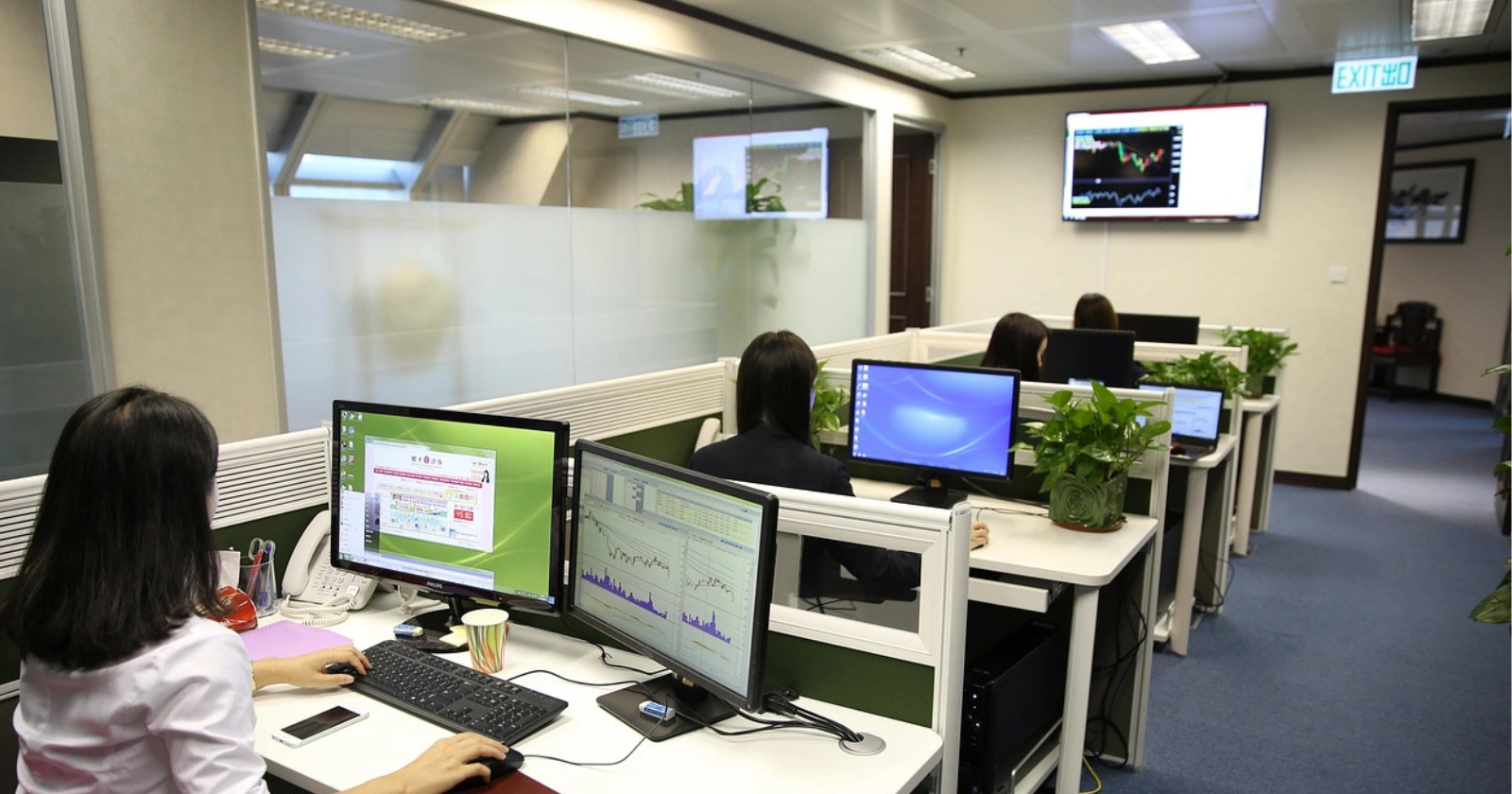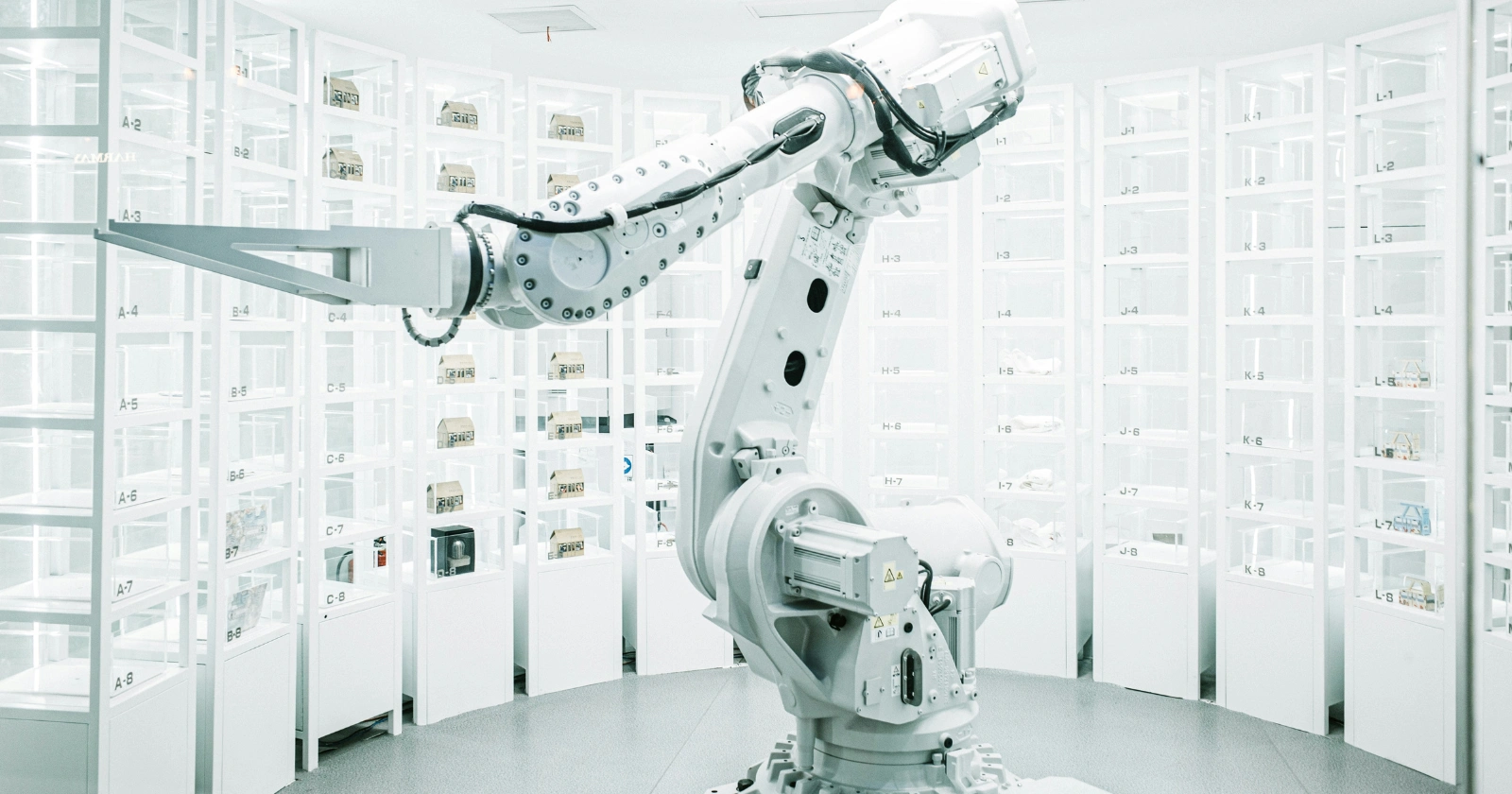Generative AI bursts onto the scene like a digital storm, reshaping how humans work and create. Tools like chatbots and image generators handle tasks once thought uniquely human. Businesses adopt these technologies at lightning speed, boosting efficiency but sparking fears of job loss.
Recent data shows millions of roles hang in the balance, yet opportunities emerge in unexpected places. This shift demands attention from workers everywhere.
Decoding AI’s Influence on Modern Careers
Generative AI excels at processing language, analyzing data, and generating content. It mimics human cognition in specific areas. Companies integrate AI to streamline operations and cut costs.
Workers in knowledge-based fields feel the pressure first. Tasks involving writing, research, and communication align closely with AI strengths. Sales roles involve explaining products, a skill AI chatbots master quickly.
Physical jobs resist this wave. Hands-on work requires dexterity and real-world interaction beyond current AI capabilities.
Insights from Microsoft’s Pioneering Research
Microsoft researchers analyzed 200,000 Copilot conversations from 2024. They mapped these to U.S. Department of Labor tasks. An AI applicability score emerged, blending coverage, completion, and scope metrics.
Higher scores indicate greater overlap between job duties and AI abilities. The study avoids claiming full job replacement. Instead, it highlights potential changes in how work gets done.
Kiran Tomlinson, a lead researcher, emphasizes AI as a supporter of tasks. Society must monitor economic effects as adoption grows.
The 40 Careers Most Vulnerable to AI Disruption
Certain professions score high on AI applicability. Interpreters and translators top the list. Historians follow closely.
Roles in media, sales, and data analysis appear frequently. Customer service representatives number nearly 3 million in the U.S., making their exposure significant.
Here is a detailed table of the top 40 jobs, including scores and U.S. worker estimates for 2024:
| Rank | Job Title | Coverage Score | Completion Score | Scope Score | Overall Score | US Workers in 2024 |
|---|---|---|---|---|---|---|
| 1 | Interpreters and Translators | 0.98 | 0.88 | 0.57 | 0.49 | 51,560 |
| 2 | Historians | 0.91 | 0.85 | 0.56 | 0.48 | 3,040 |
| 3 | Passenger Attendants | 0.80 | 0.88 | 0.62 | 0.47 | 20,190 |
| 4 | Sales Representatives of Services | 0.84 | 0.90 | 0.57 | 0.46 | 1,142,020 |
| 5 | Writers and Authors | 0.85 | 0.84 | 0.60 | 0.45 | 49,450 |
| 6 | Customer Service Representatives | 0.72 | 0.90 | 0.59 | 0.44 | 2,858,710 |
| 7 | CNC Tool Programmers | 0.90 | 0.87 | 0.53 | 0.44 | 28,030 |
| 8 | Telephone Operators | 0.80 | 0.86 | 0.57 | 0.42 | 4,600 |
| 9 | Ticket Agents and Travel Clerks | 0.71 | 0.90 | 0.56 | 0.41 | 119,270 |
| 10 | Broadcast Announcers and Radio DJs | 0.74 | 0.84 | 0.60 | 0.41 | 25,070 |
| 11 | Brokerage Clerks | 0.74 | 0.89 | 0.57 | 0.41 | 48,060 |
| 12 | Farm and Home Management Educators | 0.77 | 0.91 | 0.55 | 0.41 | 8,110 |
| 13 | Telemarketers | 0.66 | 0.89 | 0.60 | 0.40 | 81,580 |
| 14 | Concierges | 0.70 | 0.88 | 0.56 | 0.40 | 41,020 |
| 15 | Political Scientists | 0.77 | 0.87 | 0.53 | 0.39 | 5,580 |
| 16 | News Analysts, Reporters, Journalists | 0.81 | 0.81 | 0.56 | 0.39 | 45,020 |
| 17 | Mathematicians | 0.91 | 0.74 | 0.54 | 0.39 | 2,220 |
| 18 | Technical Writers | 0.83 | 0.82 | 0.54 | 0.38 | 47,970 |
| 19 | Proofreaders and Copy Markers | 0.91 | 0.86 | 0.49 | 0.38 | 5,490 |
| 20 | Hosts and Hostesses | 0.60 | 0.90 | 0.57 | 0.37 | 425,020 |
| 21 | Editors | 0.82 | 0.80 | 0.55 | 0.37 | N/A |
| 22 | Business Teachers, Postsecondary | 0.78 | 0.85 | 0.54 | 0.37 | N/A |
| 23 | Public Relations Specialists | 0.79 | 0.82 | 0.53 | 0.36 | N/A |
| 24 | Demonstrators and Product Promoters | 0.65 | 0.88 | 0.58 | 0.36 | N/A |
| 25 | Advertising Sales Agents | 0.70 | 0.87 | 0.56 | 0.36 | N/A |
| 26 | New Accounts Clerks | 0.73 | 0.86 | 0.55 | 0.36 | N/A |
| 27 | Statistical Assistants | 0.88 | 0.75 | 0.52 | 0.35 | N/A |
| 28 | Counter and Rental Clerks | 0.62 | 0.89 | 0.57 | 0.35 | N/A |
| 29 | Data Scientists | 0.92 | 0.73 | 0.51 | 0.35 | N/A |
| 30 | Personal Financial Advisors | 0.76 | 0.84 | 0.53 | 0.35 | N/A |
| 31 | Archivists | 0.89 | 0.78 | 0.50 | 0.34 | N/A |
| 32 | Economics Teachers, Postsecondary | 0.80 | 0.81 | 0.52 | 0.34 | N/A |
| 33 | Web Developers | 0.85 | 0.79 | 0.51 | 0.34 | N/A |
| 34 | Management Analysts | 0.77 | 0.83 | 0.52 | 0.34 | N/A |
| 35 | Geographers | 0.90 | 0.76 | 0.49 | 0.33 | N/A |
| 36 | Models | 0.55 | 0.92 | 0.59 | 0.33 | N/A |
| 37 | Market Research Analysts | 0.81 | 0.80 | 0.51 | 0.33 | N/A |
| 38 | Public Safety Telecommunicators | 0.68 | 0.85 | 0.55 | 0.33 | N/A |
| 39 | Switchboard Operators | 0.64 | 0.87 | 0.56 | 0.32 | N/A |
| 40 | Library Science Teachers, Postsecondary | 0.79 | 0.82 | 0.50 | 0.32 | N/A |
These roles share common traits. Many involve repetitive information handling.
- Creative fields like writing adapt to AI assistance.
- Authors use tools for drafting.
- Editors refine AI-generated content.
- Service-oriented jobs face chatbot competition.
- Customer reps handle complex queries.
- Sales agents focus on relationship building.
Over 8.4 million U.S. workers hold these positions. The scale underscores the urgency.
Safe Havens: Jobs Least Touched by AI
Some careers remain insulated. Dredge operators score zero on AI applicability. Bridge and lock tenders follow suit. Water treatment plant operators also evade impact. Physical demands protect these roles. Equipment operation requires human oversight.
Top 10 least affected:
- Dredge Operators
- Bridge and Lock Tenders
- Water Treatment Plant and System Operators
- Foundry Mold and Coremakers
- Rail-Track Laying and Maintenance Equipment Operators
- Pile Driver Operators
- Floor Sanders and Finishers
- Orderlies
- Motorboat Operators
- Logging Equipment Operators
Healthcare shines here. Home health aides expect massive growth. The U.S. Bureau of Labor Statistics projects this field to add the most jobs by 2033.
Massage therapists and roofers stay secure. Interpersonal and manual skills dominate.
Education’s Diminishing Shield Against AI
- Degrees once promised stability. Now, AI challenges that notion.
- Political scientists need bachelor’s degrees. Journalists too. Management analysts follow.
- Microsoft finds higher AI exposure in degree-requiring jobs. Lower education roles show less overlap.
- Gen Z flocks to education careers. Teaching offers balance and benefits.
- Yet, AI applicability hits educators. Postsecondary teachers in economics and business score high.
- Schools integrate AI tools. Lesson planning automates. Grading speeds up.
- Human elements persist. Mentoring and emotional support defy full automation.
Broader Trends and Eye-Opening Statistics
- AI adoption surges. 78% of organizations used AI in 2024, up from 55% prior. Stanford’s AI Index Report highlights this acceleration.
- Job losses mount. Tech firms cut over 77,000 positions in 2025 due to AI. Forbes reports this shift.
- Manufacturing feels the hit. AI may replace 2 million workers by 2025. An MIT and Boston University study warns of this.
- Data entry faces extinction. Over 7.5 million jobs vanish by 2027. Exploding Topics tracks this trend.
- Positive notes emerge. Software developers grow 17.9% by 2033. BLS projections show faster-than-average expansion.
- World Economic Forum predicts 92 million roles displaced. Yet, new jobs equal 14% of current employment.
- PwC’s Global AI Jobs Barometer reveals AI boosts productivity. Industries using AI see 3x revenue growth per employee.
- ILO updates automation scores slightly lower in 2025. Mean score dips to 0.29 from 0.30.
These figures paint a dynamic picture. Displacement coexists with creation.
Navigating the AI-Driven Job Landscape
- Workers adapt by embracing AI. Nvidia’s CEO urges skill integration.
- Upskilling becomes essential. Learn AI tools to enhance roles.
- Policy makers respond. Bills like No Robot Bosses Act seek transparency.
- States enact AI hiring audits. Federal incentives push adoption.
- Healthcare expands. Tech creates developer demand.
- Balance emerges. AI augments human strengths.
10 FAQs on AI’s Impact on Jobs
- What does AI applicability mean for jobs? It measures how well AI can handle job tasks, not full replacement.
- Which sector faces the most AI disruption? Knowledge work, including office-based roles in writing and sales.
- Are teaching jobs safe from AI? Some educator roles show high applicability, but human interaction protects core duties.
- How many U.S. jobs might AI affect? Over 8.4 million in the top 40 exposed roles, per Microsoft data.
- What jobs grow despite AI? Healthcare aides and software developers, according to BLS projections.
- Does a college degree protect against AI? No, higher education roles often have greater AI overlap.
- How is AI used in workplaces today? For research, writing, and communication, based on Copilot user data.
- What global trends show in AI job displacement? WEF estimates 92 million roles lost, balanced by new creations.
- How do companies benefit from AI adoption? PwC reports 3x higher revenue growth per employee in AI-heavy industries.
- What policies address AI job risks? Legislation like the Stop Spying Bosses Act aims for worker protections and transparency.




Hi, this is a comment.
To get started with moderating, editing, and deleting comments, please visit the Comments screen in the dashboard.
Commenter avatars come from Gravatar.